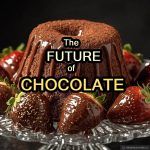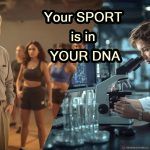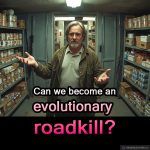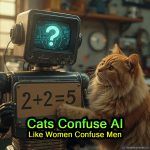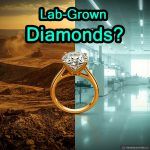The Future of Dentistry: A World Without Cavities or Pain
Imagine a world where no child ever feels the sting of a dental drill. Where adults keep all their teeth for life, not because of perfect hygiene, but because their bodies simply don’t allow decay to happen. This isn’t a fantasy—it’s the future science is building right now. Dentistry is on the verge of a revolution so profound that the very concept of “going to the dentist” may soon change. Forget fillings, root canals, and painful extractions.
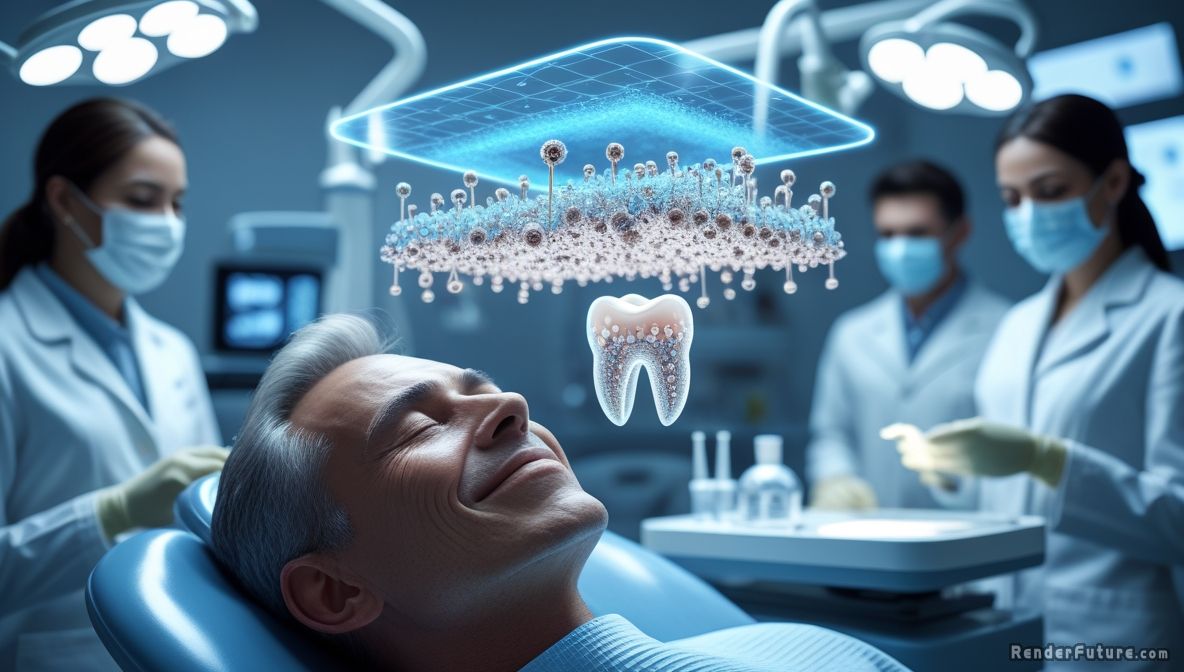 The next era of oral care will be defined by genetic tweaks, AI-guided microbiome balancing, and robotic surgeons so precise they make today’s dentists look like medieval barbers.But with such radical change comes big questions: Will dentists become obsolete? Will pain-free dentistry make us neglect our teeth entirely? And what happens when AI knows our mouths better than we do?
The next era of oral care will be defined by genetic tweaks, AI-guided microbiome balancing, and robotic surgeons so precise they make today’s dentists look like medieval barbers.But with such radical change comes big questions: Will dentists become obsolete? Will pain-free dentistry make us neglect our teeth entirely? And what happens when AI knows our mouths better than we do?
The End of Cavities: Genetic Defense & Bacterial Warfare
For centuries, dentistry has been a battle—fighting decay, infection, and gum disease with drills, scalpels, and antibiotics. But what if we could prevent these problems before they even start? The answer lies in rewriting our biological code and harnessing our microscopic allies.
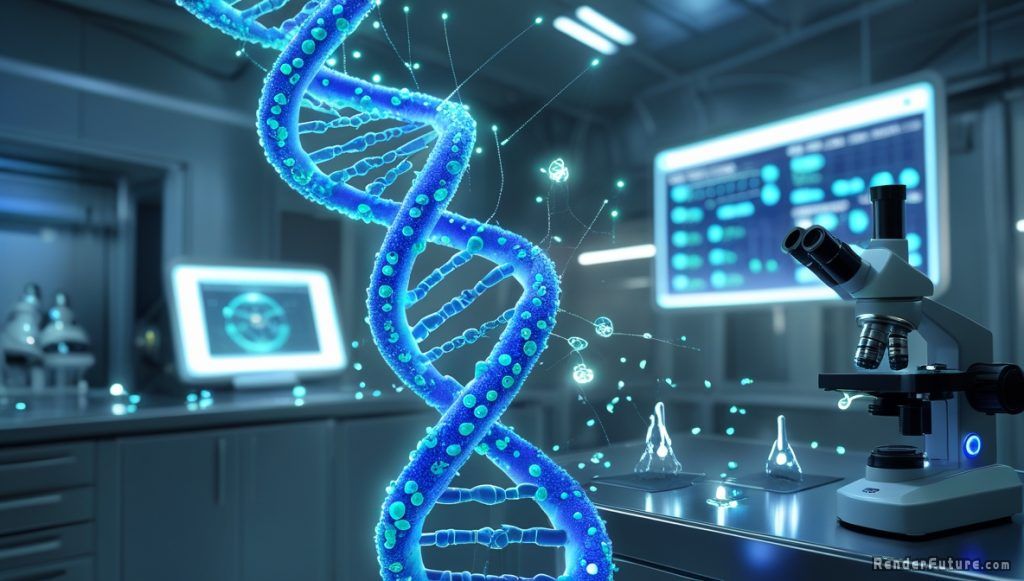 Recent breakthroughs suggest we’re closer than ever to making tooth decay optional. Scientists at the University of Pennsylvania have already successfully used gene therapy to stimulate tooth regeneration in mice. Meanwhile, companies like Colgate are investing millions in microbiome research, aiming to create probiotic treatments that outcompete harmful bacteria. The implications are staggering—we may be looking at the last generation to experience cavities as an inevitable part of life.
Recent breakthroughs suggest we’re closer than ever to making tooth decay optional. Scientists at the University of Pennsylvania have already successfully used gene therapy to stimulate tooth regeneration in mice. Meanwhile, companies like Colgate are investing millions in microbiome research, aiming to create probiotic treatments that outcompete harmful bacteria. The implications are staggering—we may be looking at the last generation to experience cavities as an inevitable part of life.
Gene Editing for Stronger Teeth
CRISPR and other gene-editing tools are opening doors to biological solutions for tooth decay. Researchers are exploring:
- Enamel-boosting gene therapy: Modifying genes to produce thicker, more resilient enamel.
- Microbiome reprogramming: Editing oral bacteria to eliminate Streptococcus mutans, the main culprit behind cavities.
- Saliva enhancements: Genetic adjustments to increase natural antimicrobial proteins in saliva.
Soon, a single treatment in childhood could provide lifelong protection against cavities—no brushing required.
The science behind this is advancing at breakneck speed. Just last year, researchers at King’s College London demonstrated how targeting the USAG-1 gene could stimulate tooth growth in animals. Human trials are expected within the decade. What’s particularly exciting is how these treatments could be customized—your genetic dentistry plan might be as unique as your fingerprint, accounting for everything from your ancestry to your dietary habits.
The Rise of the Robotic Dentist
For those who still need corrective work, the future is painless, precise, and—frankly—a little eerie. The dental chair of 2040 might resemble something from a sci-fi movie, with autonomous machines working under the watchful eye of human specialists.
 Already, robotic systems like Yomi are being used for dental implant procedures with sub-millimeter accuracy. These systems don’t just follow a dentist’s movements—they anticipate them, using AI to predict the optimal angle and force for each action. The result? Procedures that are faster, safer, and more comfortable than anything human hands could achieve alone.
Already, robotic systems like Yomi are being used for dental implant procedures with sub-millimeter accuracy. These systems don’t just follow a dentist’s movements—they anticipate them, using AI to predict the optimal angle and force for each action. The result? Procedures that are faster, safer, and more comfortable than anything human hands could achieve alone.
AI Surgeons & Mind-Reading Dentists
- Self-guided robotic drills: AI-powered tools that adjust in real-time, eliminating human error.
- Neural feedback headbands: Dentists monitor patient discomfort and biological responses via brainwave-sensing wearables.
- Biochemical pain switching: Instead of numbing injections, messenger DNA temporarily rewires pain signals—keeping the body’s healing response intact without the agony.
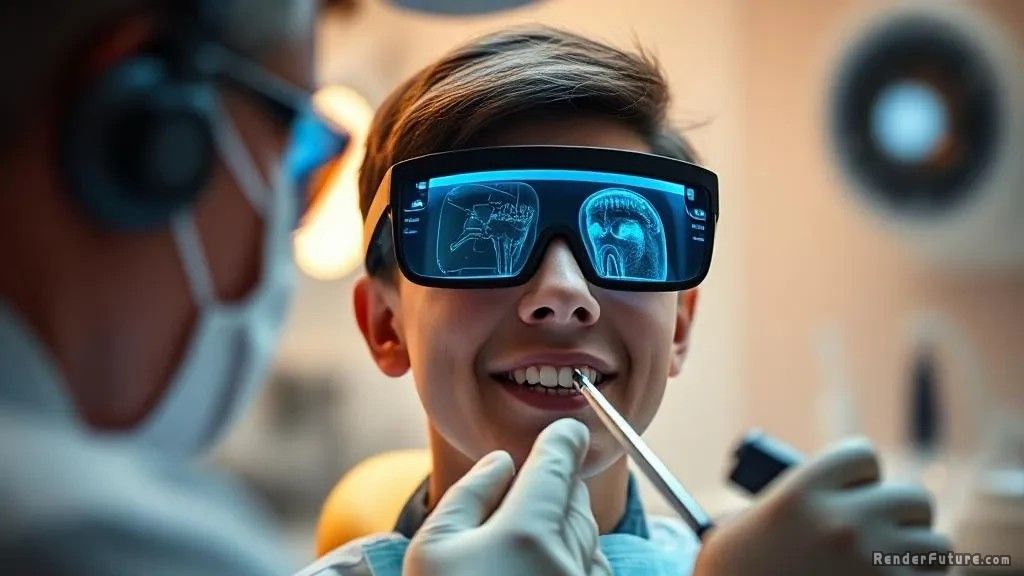 Imagine a filling that feels like nothing, yet your body still knows to repair the area. That’s the future we’re heading toward.
Imagine a filling that feels like nothing, yet your body still knows to repair the area. That’s the future we’re heading toward.
The implications extend beyond comfort. These technologies could make dental care accessible in remote areas through teledentistry—a specialist in New York could guide a robotic procedure in rural Africa. More controversially, they raise questions about the role of human judgment in medicine. Will we trust machines to make split-second decisions about our oral health? The debate is just beginning.
The Dark Side of Perfect Dentistry
Not everything about this future is rosy. With great innovation comes great disruption, and the dental profession—not to mention society’s relationship with oral health—faces significant challenges.
The most immediate concern is economic. If preventive technologies eliminate 80% of dental procedures (a conservative estimate), what happens to the thousands of dental practices built around treating cavities and gum disease? Entire business models will need to reinvent themselves, shifting from treatment to monitoring and optimization.
Will Dentists Become Obsolete?
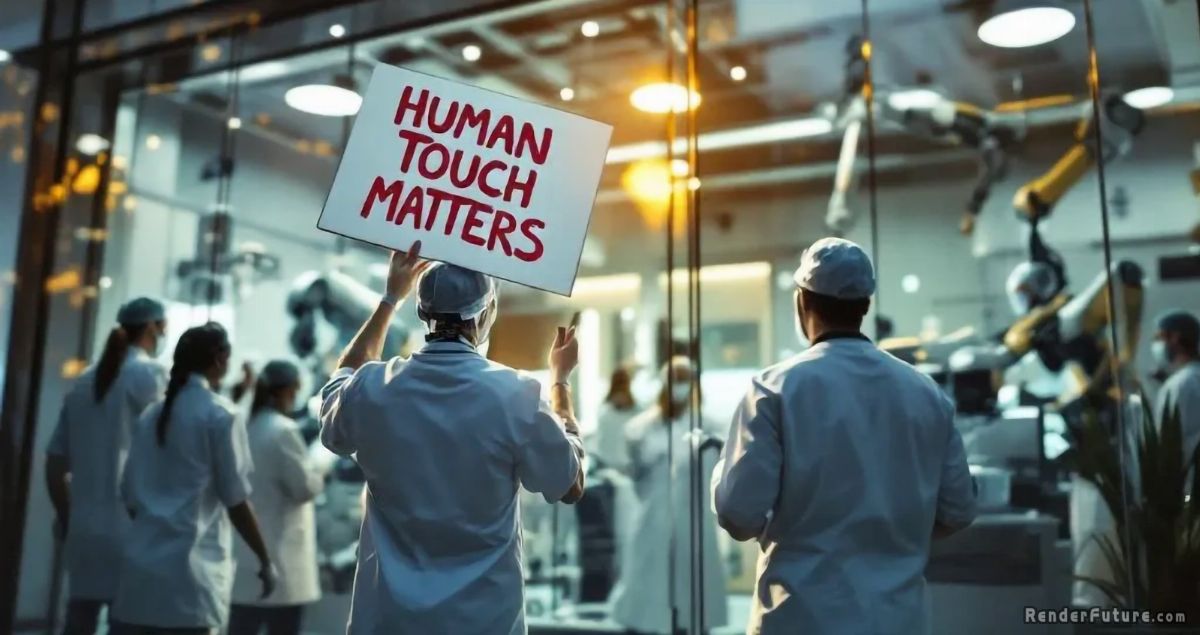
- Fewer procedures: If cavities and gum disease plummet, routine dentistry may decline.
- Shift to monitoring: Dentists may transition to overseeing AI systems rather than doing hands-on work.
- Job market upheaval: Specialists in genetic dentistry and AI maintenance will rise—traditional roles may fade.
The human element remains irreplaceable—for now. While AI can analyze data and robots can perform procedures, the nuanced judgment calls, the reassurance of a comforting presence, the ability to read between the lines of a patient’s concerns—these remain firmly human domains. The dentists of tomorrow might spend less time drilling and more time counseling patients on their genetic dental profiles and microbiome health.
The Optimistic Horizon
Despite the challenges, this future is thrilling. We’re looking at nothing short of a fundamental transformation in human health—one that could eliminate one of our most common chronic diseases.
 The benefits extend far beyond just teeth. The oral microbiome is increasingly understood to be connected to everything from heart health to cognitive function. By cracking the code of perfect oral health, we might be taking a significant step toward overall wellness. Future generations may look back at our current dental practices the way we view medieval bloodletting—as a crude, painful approach to health that we’ve mercifully moved beyond.
The benefits extend far beyond just teeth. The oral microbiome is increasingly understood to be connected to everything from heart health to cognitive function. By cracking the code of perfect oral health, we might be taking a significant step toward overall wellness. Future generations may look back at our current dental practices the way we view medieval bloodletting—as a crude, painful approach to health that we’ve mercifully moved beyond.

References and Sources
- Nature Biotechnology – “CRISPR-Based Gene Editing for Oral Health”
Breakthrough research on genetic solutions to tooth decay.
https://www.nature.com/articles/s41587-022-01580-z - MIT Technology Review – “AI and the Future of Precision Dentistry”
How machine learning is transforming dental diagnostics and treatment.
https://www.technologyreview.com/ - Journal of Dental Research – “Pain Modulation via Biochemical Signaling”
Cutting-edge studies on non-drug pain control in dentistry.
https://journals.sagepub.com/doi/10.1177/00220345231180542


